|
Vietnamese tourists sit by the lake to admire the heritage in Sukhothai Historical Park in autumn. |
Located in Northern Thailand, Sukhothai is not only the first kingdom of the Thai people but also a place that fully preserves traditional cultural values and an ancient temple system.
Coming here, visitors seem to go back in time, entering a land nearly 800 years old, where heritage, cuisine and community life blend together, from Sukhothai Heritage Park to Ban Na Ton Chan community tourism village.
Touch the heritage
A new day in Sukhothai begins with the Sai Bat (morning offering) ritual on the "Bridge of Merit" in front of the temple island. In the thin morning mist, locals and tourists stand along both sides of the bridge, holding trays of offerings including rice, dried foods, fresh flowers or drinking water. All are reflected on the calm lake surface as the dawn breaks brightly on the horizon, creating a solemn scene rarely found elsewhere.
At exactly 6:20 am, monks in dark yellow robes walk lightly across the bridge, holding alms bowls, slowly accepting offerings, occasionally stopping to chant or clasp their hands in return. The peaceful morning scene, the solemn flow of people performing rituals helps visitors understand more about daily Buddhist life - where faith and devotion exist in the rhythm of everyday life.
|
Locals and tourists perform the Sai Bat ritual - one of the important merit-making traditions of Thai Buddhists, demonstrating a simple lifestyle and respect for Buddhist teachings. |
The journey of discovery continues at Wat Si Chum, located in the Sukhothai Historical Park, which covers an area of over 70 square kilometers - a complex recognized by UNESCO as a World Heritage Site. Hidden behind the four plaster-covered brick walls of the shrine is an 11-meter-high statue of Phra Achana. The early morning light filters through the gaps, covering the statue with brilliant rays of sunlight, making everyone silent before the sacred scene.
Along the path leading up to the side of the Buddha statue are faded paintings over 700 years old that still exist, on the ceiling are more than 50 intricately carved slate panels illustrating scenes from the Jataka (stories of the Buddha's previous lives).
|
Nearly 800 years have passed, but the relics in Sukhothai still stand, preserving the shape of the ancient capital. |
Renting a bicycle to roam around Sukhothai Historical Park is the ideal way to experience this ancient capital. The golden grass fields, calm lotus ponds, ancient tomb towers and shady trees create a picture that is both ancient and poetic, bringing peaceful and relaxing moments to visitors.
In the middle of the heritage road, visitors can stop at Kanetcha Sangkhalok Art to learn about Sangkhalok pottery - the pride of the ancient dynasty. Here, visitors can paint patterns on the raw glaze and listen to the story of the pottery that once made the prosperity of the first ancient capital in Thailand.
|
Cycling around Sukhothai Historical Park, visitors have the opportunity to enjoy peaceful nature, experience pottery making, and enjoy specialty noodles. |
Not only famous for its rich heritage, this land is also known for Sukhothai spiral noodles (Kuay Teow Sukhothai). The mild sourness, sweetness, crunchy long beans and rich toppings make this rustic noodle dish a symbol of local cuisine.
Peaceful life in Ban Na Ton Chan village
If the Historical Park takes visitors back to the time of kings, Ban Na Ton Chan opens up a familiar and peaceful Sukhothai. The village is located in the middle of a green valley, surrounded by organic rice fields and rolling mountains.
Visitors travel by the village’s signature “farm vehicle” – a tractor pulling a thatched-roofed vehicle. The journey takes you past rustic wooden houses, where midday kitchen smoke and children’s laughter create a peaceful rural rhythm.
|
Special vehicle takes tourists to explore Ban Na Ton Chan village. |
Here, visitors can learn how to make Khao Perb - steamed rice paper in a bamboo steamer, mold traditional dolls, watch artisans dye cloth with mud and especially have lunch at a homestay run by the villagers. Touching the rice fields, weaving on a large loom or chatting with the locals all bring memorable experiences for visitors.
Leaving the village, the journey takes visitors to Sawankhalok , a small town that once had more than 200 large pottery kilns along the Yom River - a place that produced blue-glazed pottery famous throughout Asia.
Besides learning about traditional ceramic glazing techniques, visitors can also stroll through the old town with its colorful murals depicting the life, music, cuisine and crafts of the local residents.
|
From peaceful villages to unique cultural and architectural works, Sukhothai appears like a rough gem waiting for visitors to explore. |
Sawankhalok is a testament to a contemporary Sukhothai: heritage is not only preserved in museums but also comes alive on the streets, allowing visitors to easily access the historical story in a more youthful way.
What makes Sukhothai so attractive is not only the ancient ruins or the candlelit Loy Krathong festival, but also the harmony between the past and the present: from nearly 800-year-old temples, traditional craft villages, community culture, local cuisine to contemporary art. Each experience follows another to create a multi-layered journey, leaving visitors with both profound and new emotions.
Source: https://znews.vn/mot-ngay-tai-thu-do-dau-tien-cua-thai-lan-post1603206.html



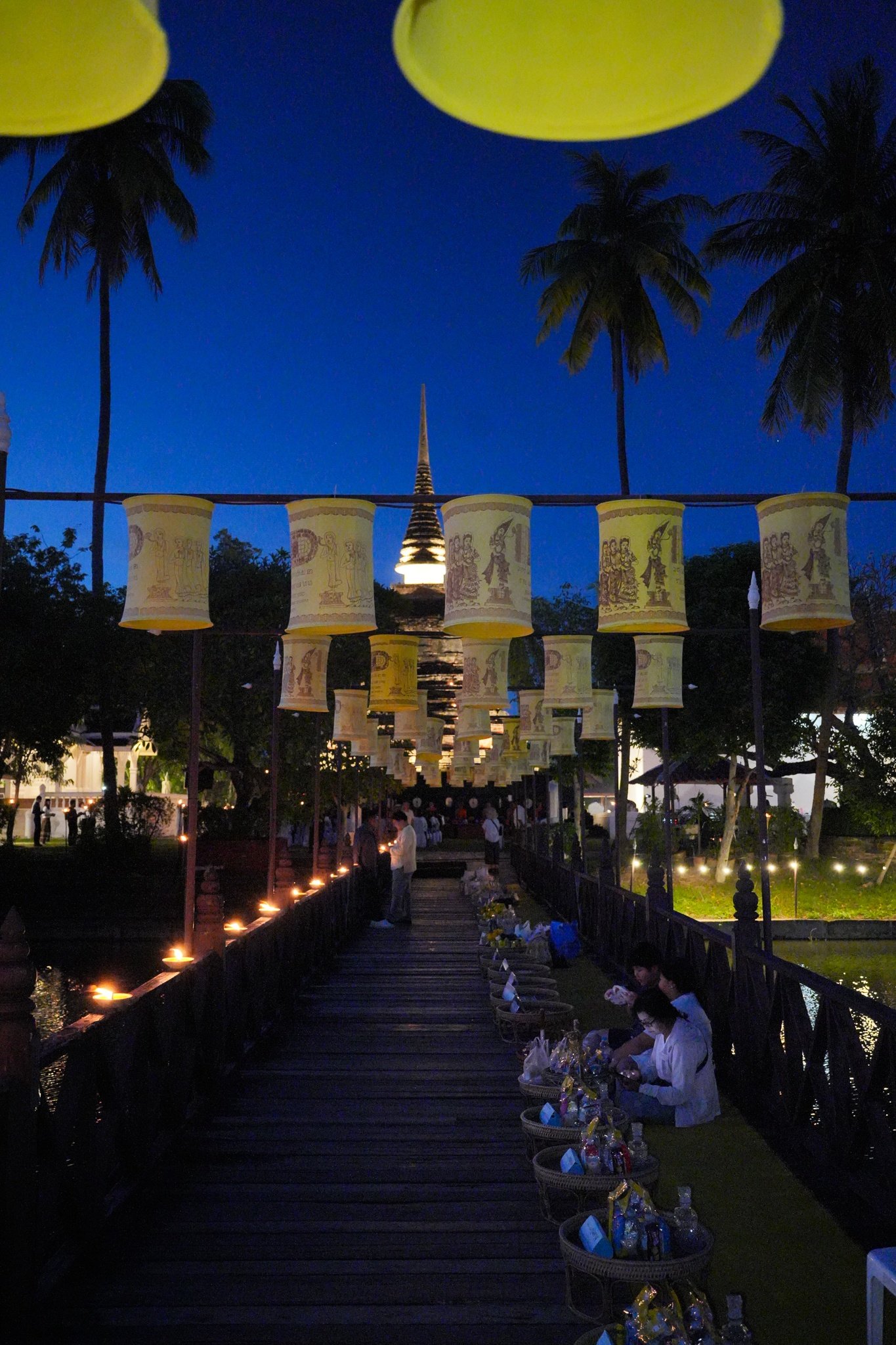
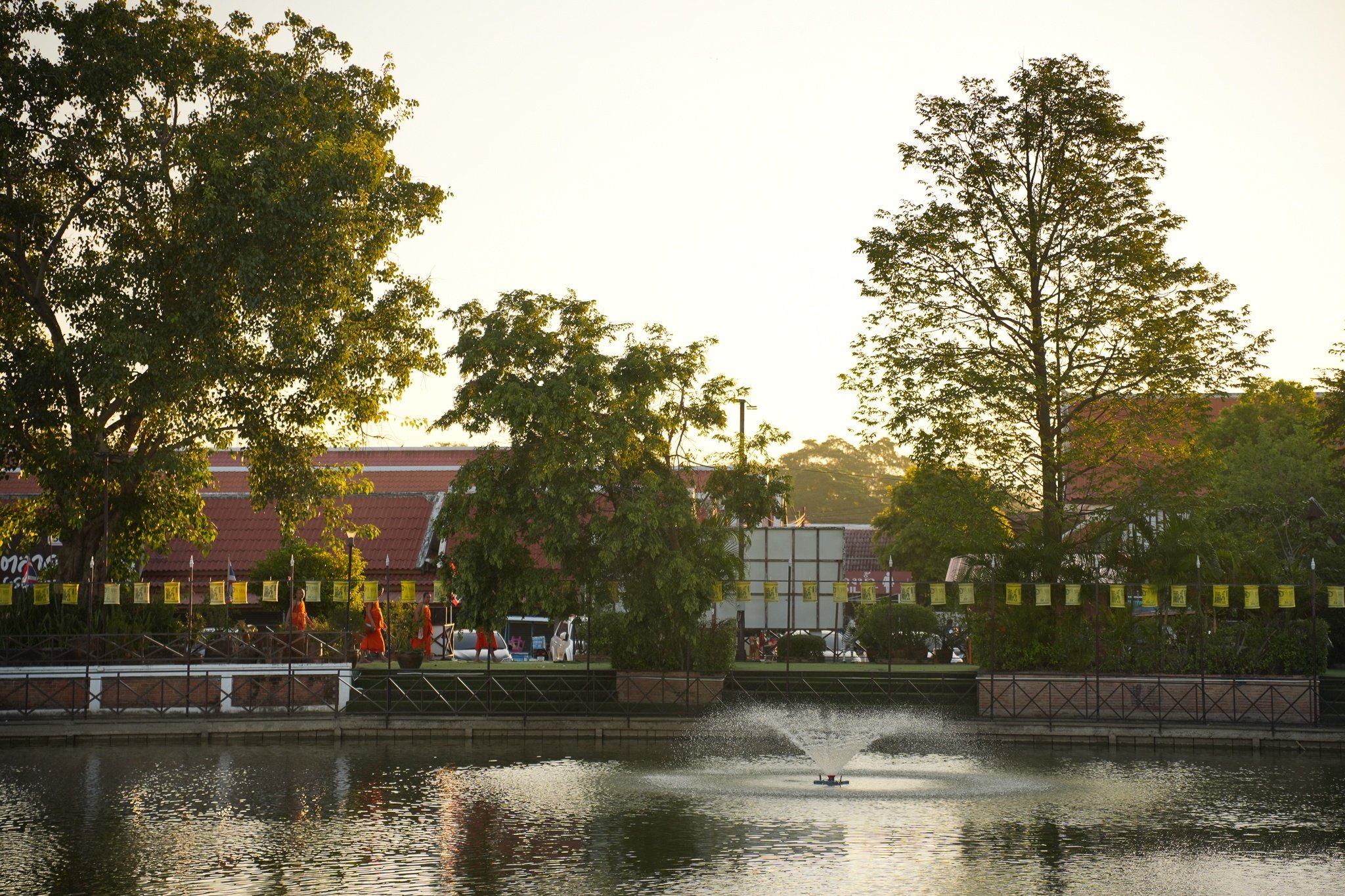
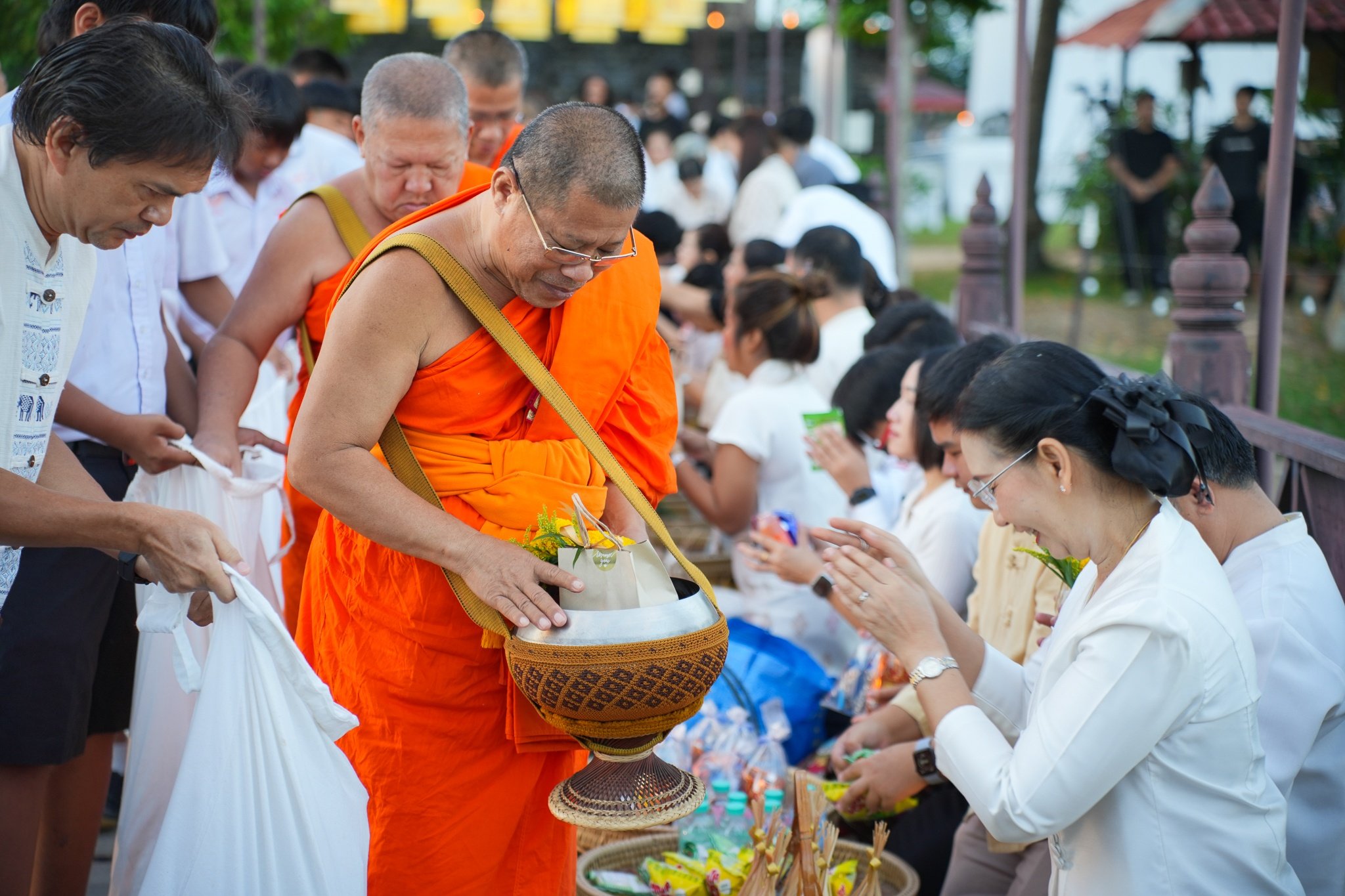
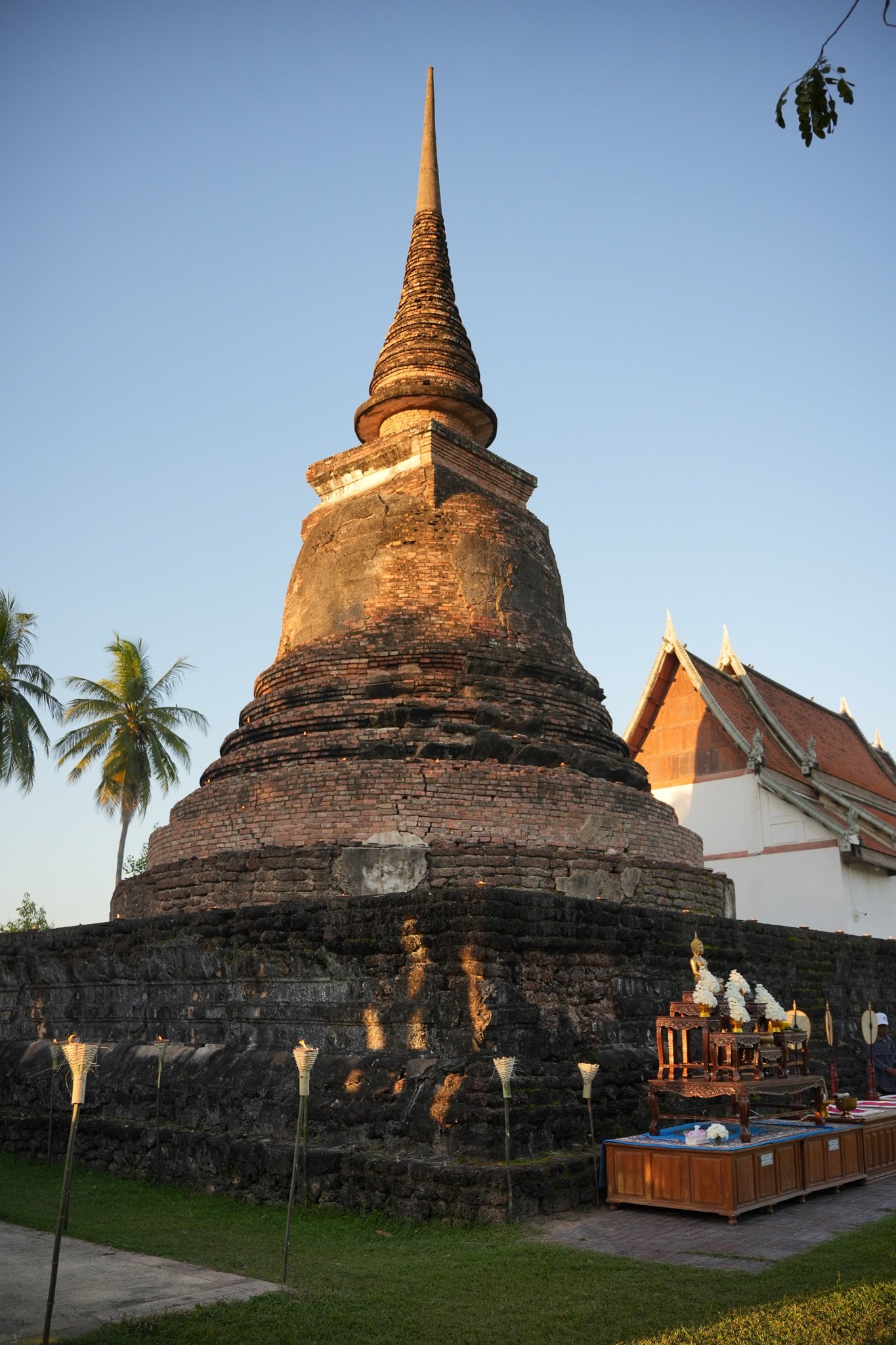
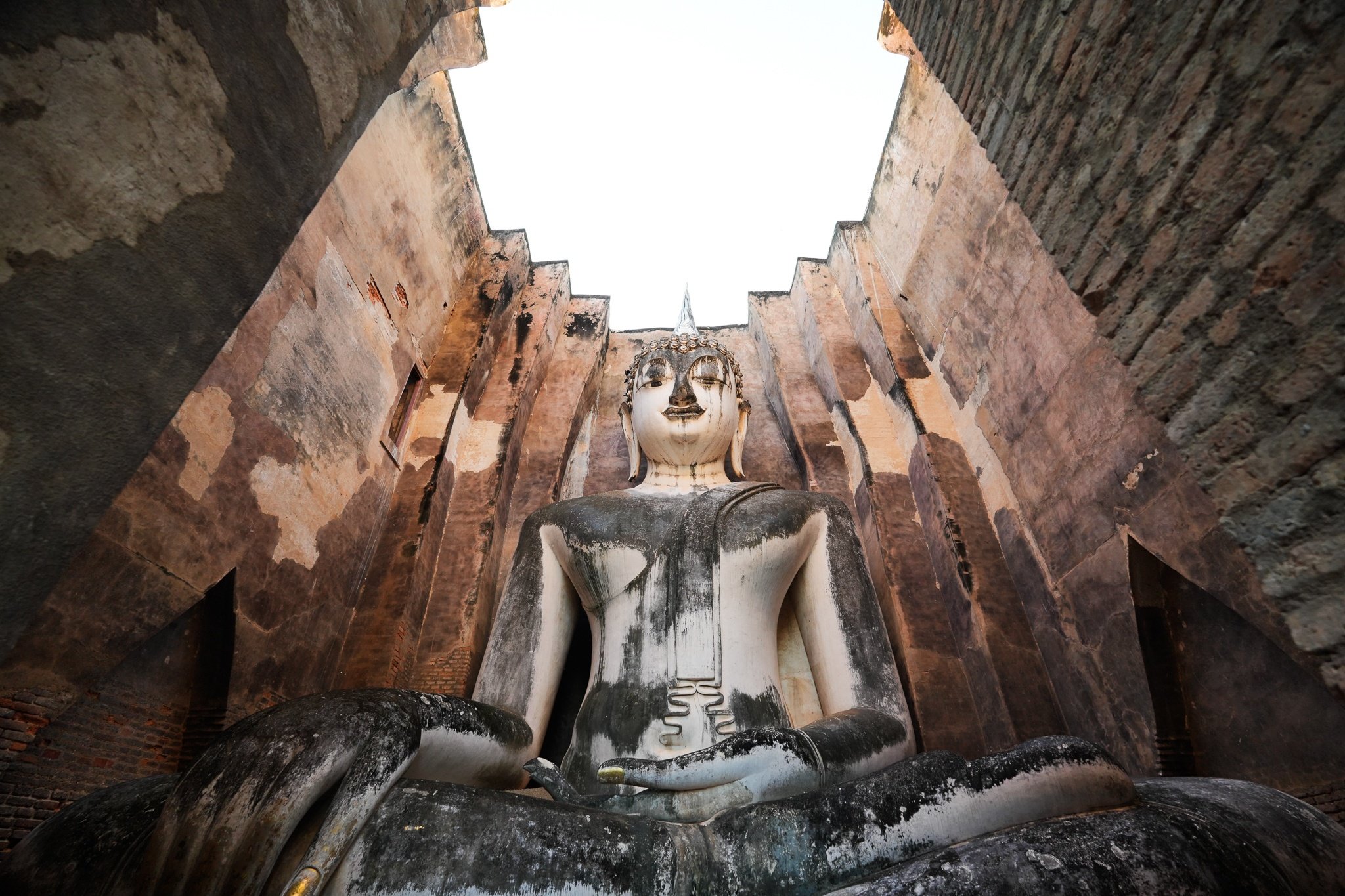

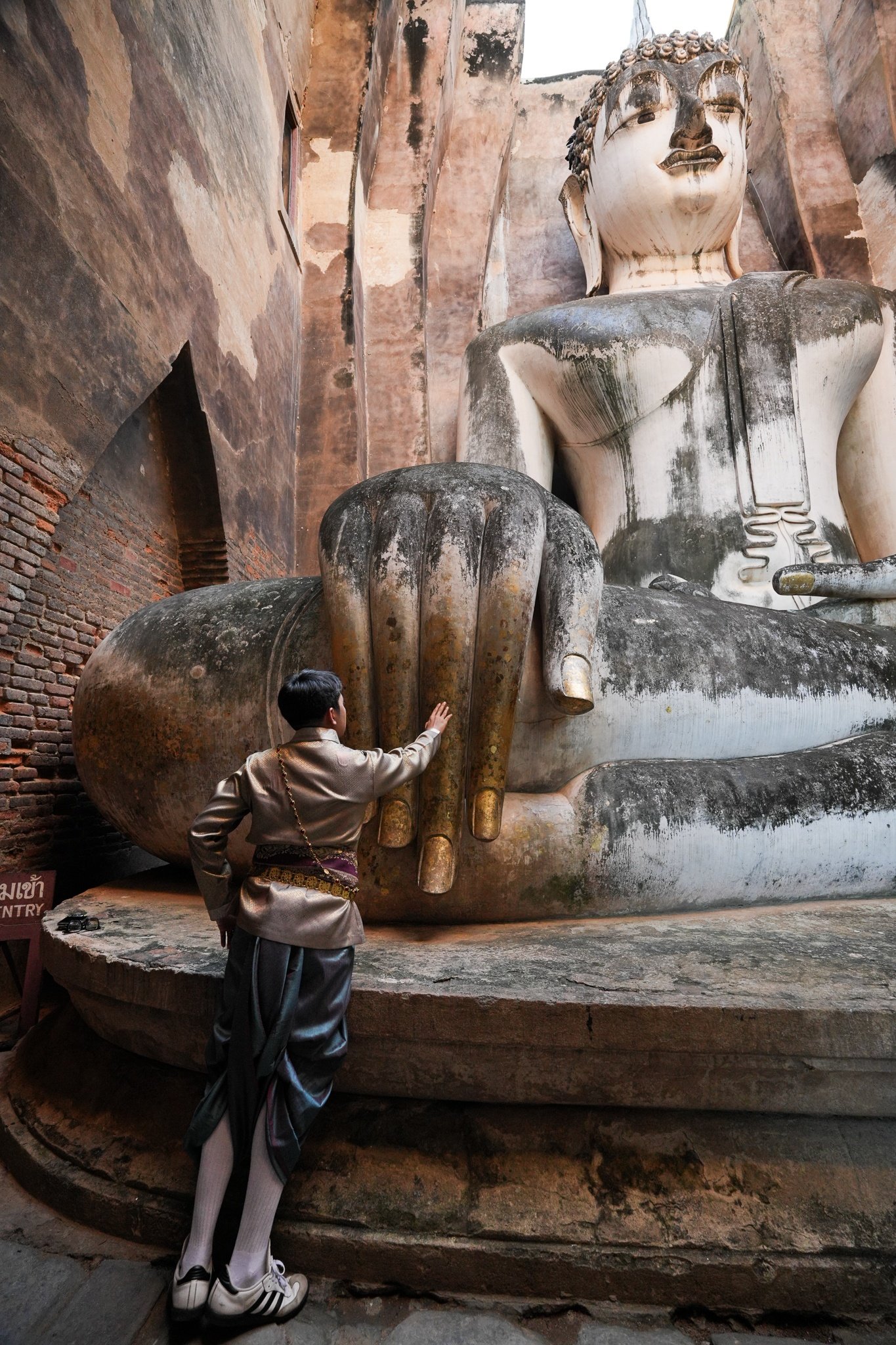



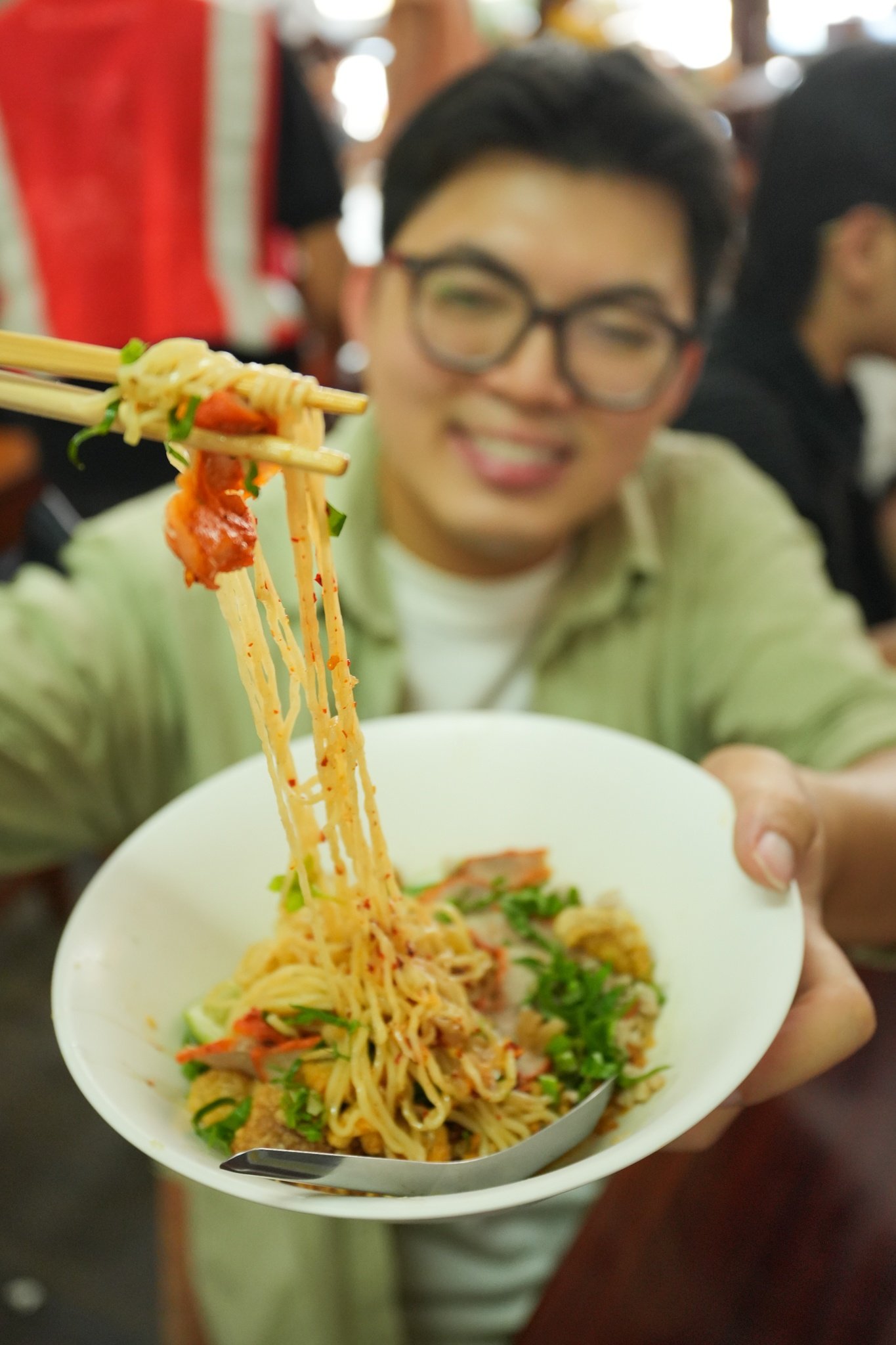
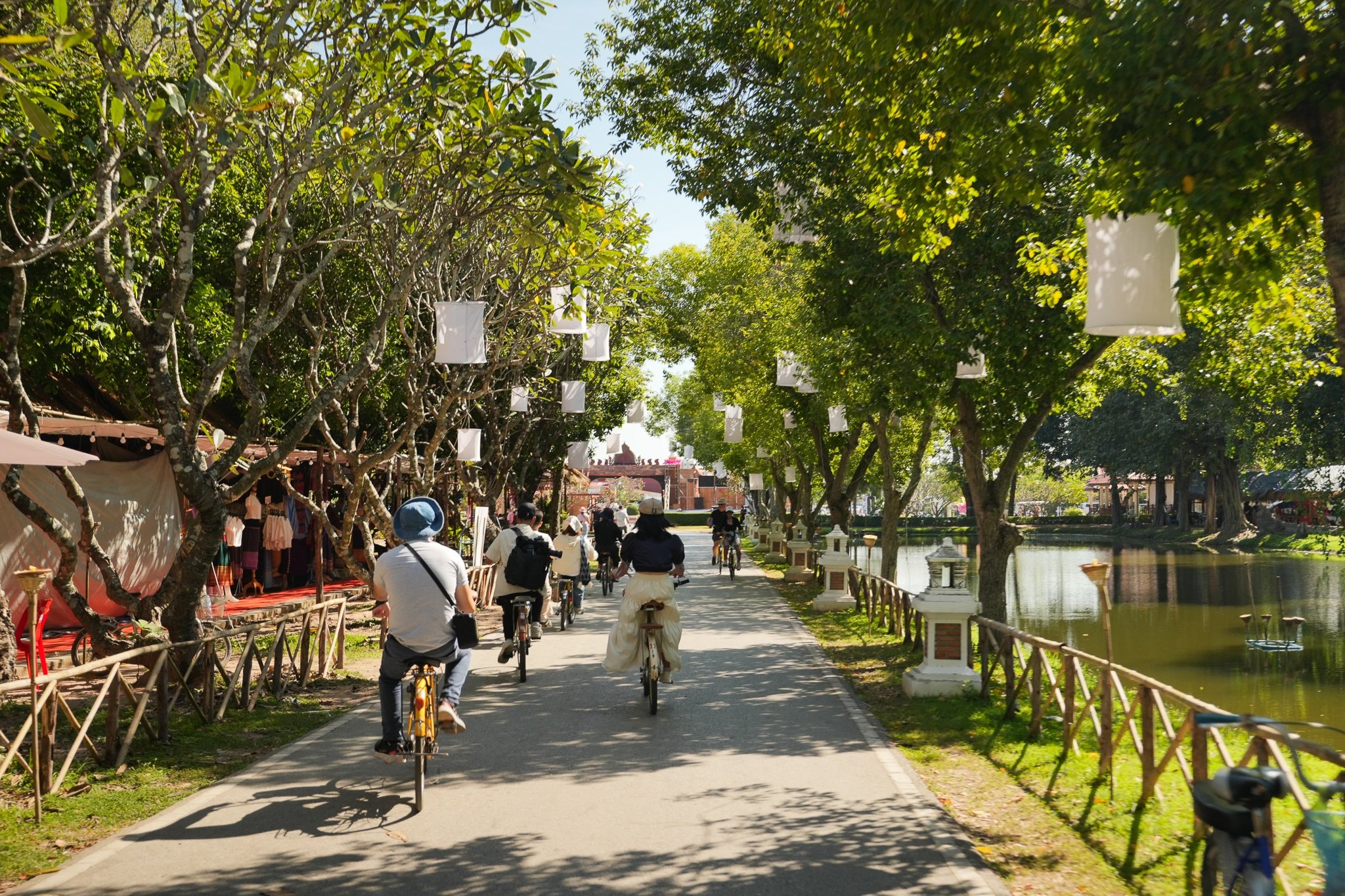
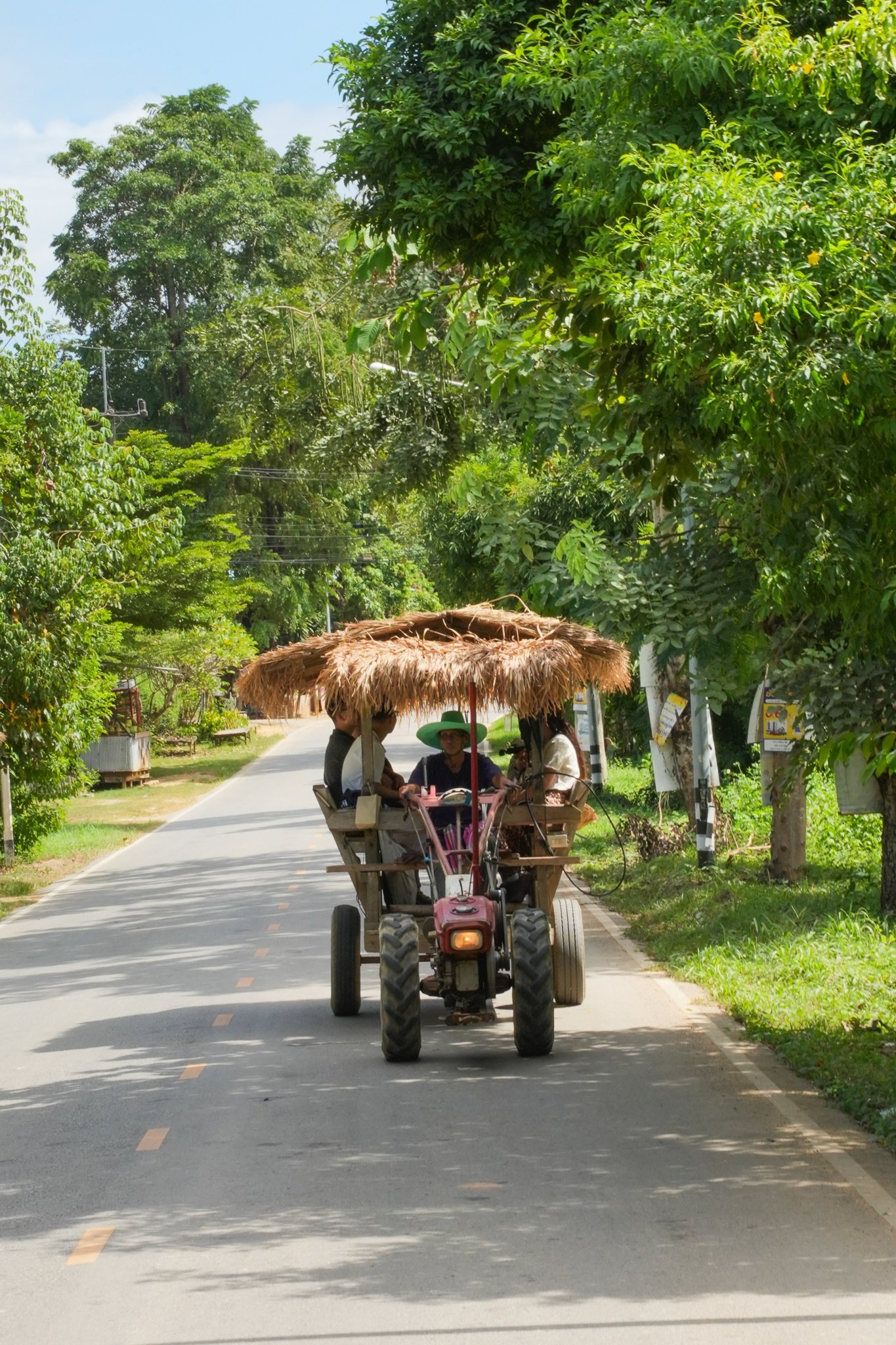


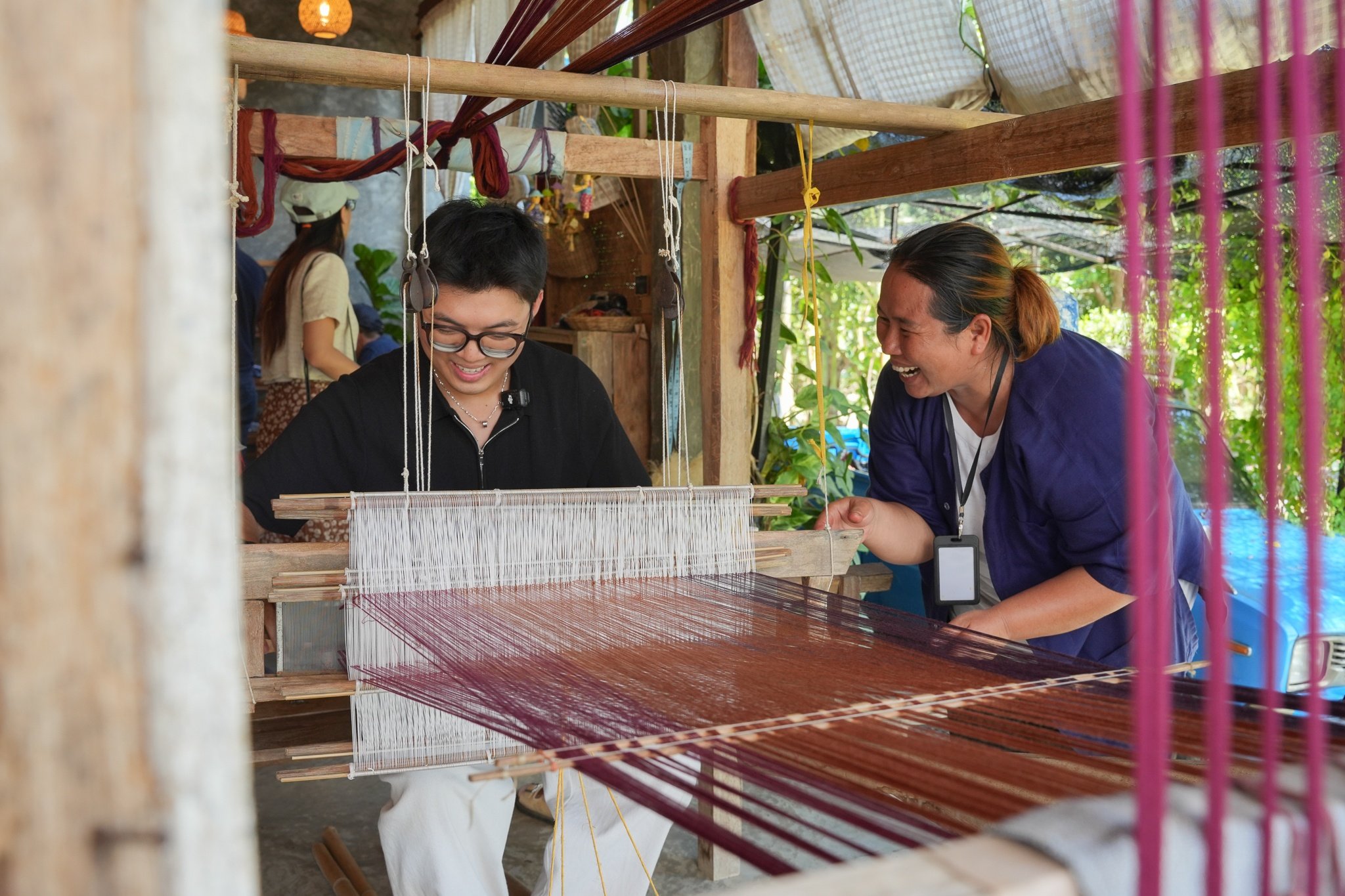
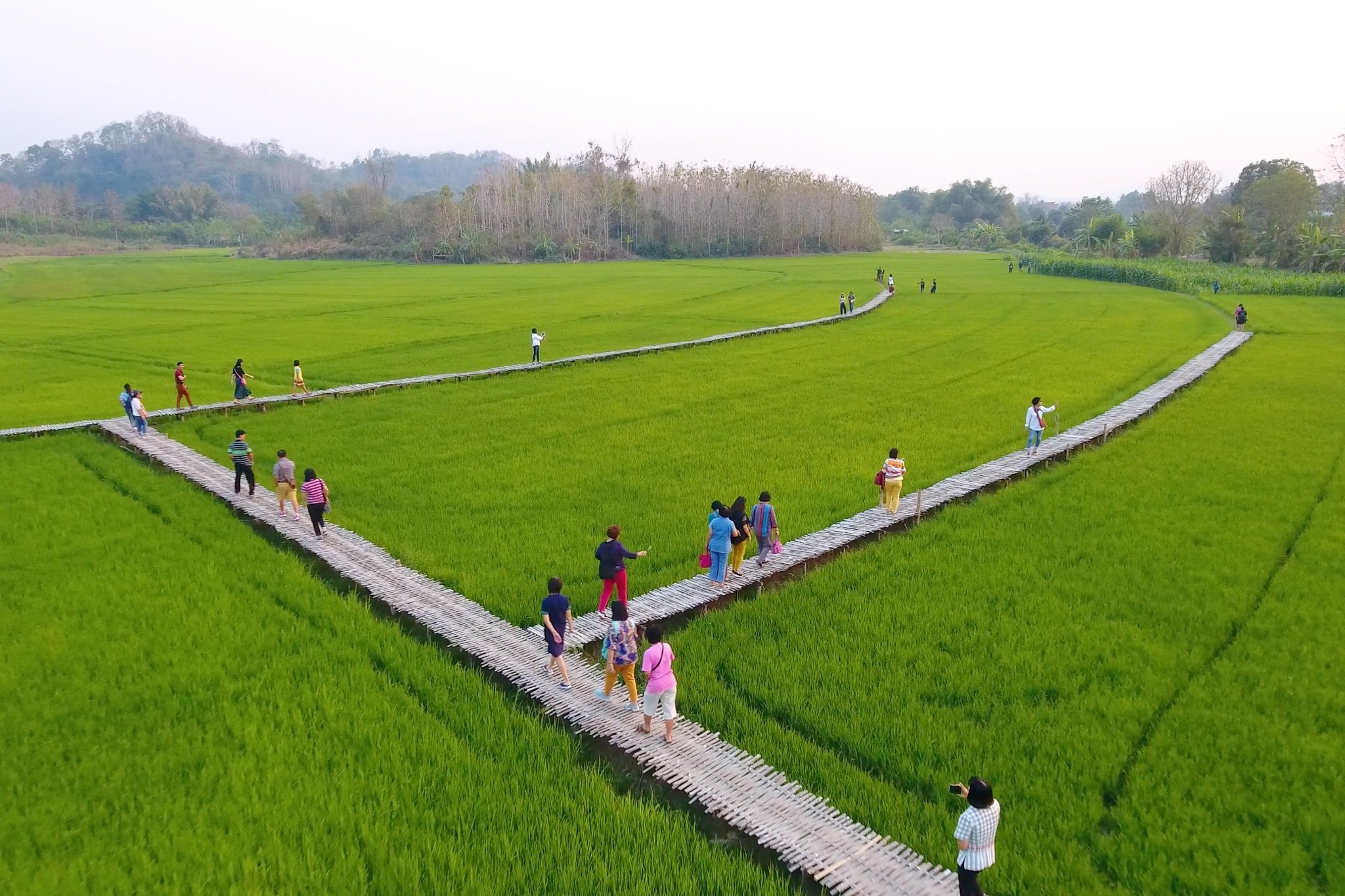


![[Photo] General Secretary To Lam and National Assembly Chairman Tran Thanh Man attend the 80th Anniversary of the Traditional Day of the Vietnamese Inspection Sector](https://vphoto.vietnam.vn/thumb/1200x675/vietnam/resource/IMAGE/2025/11/17/1763356362984_a2-bnd-7940-3561-jpg.webp)







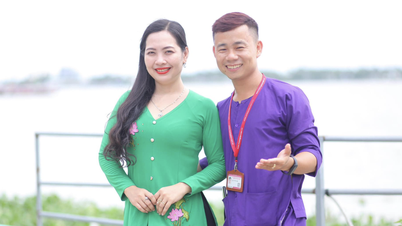

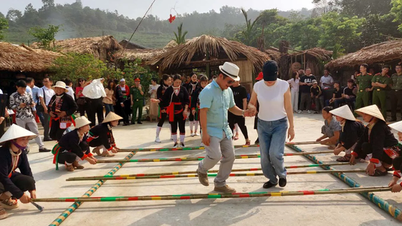

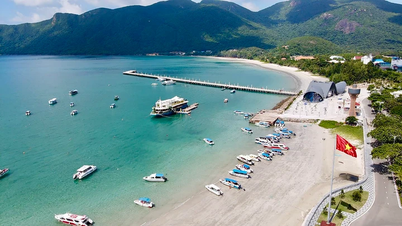
























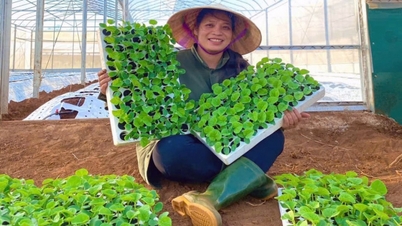





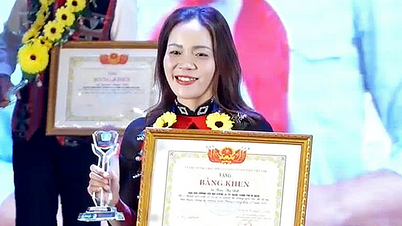





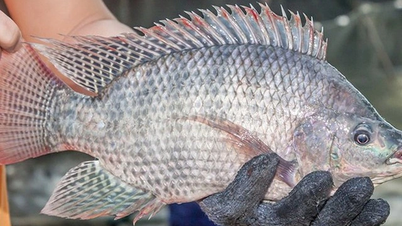






























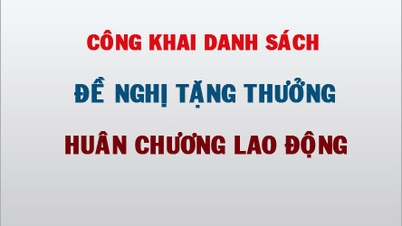













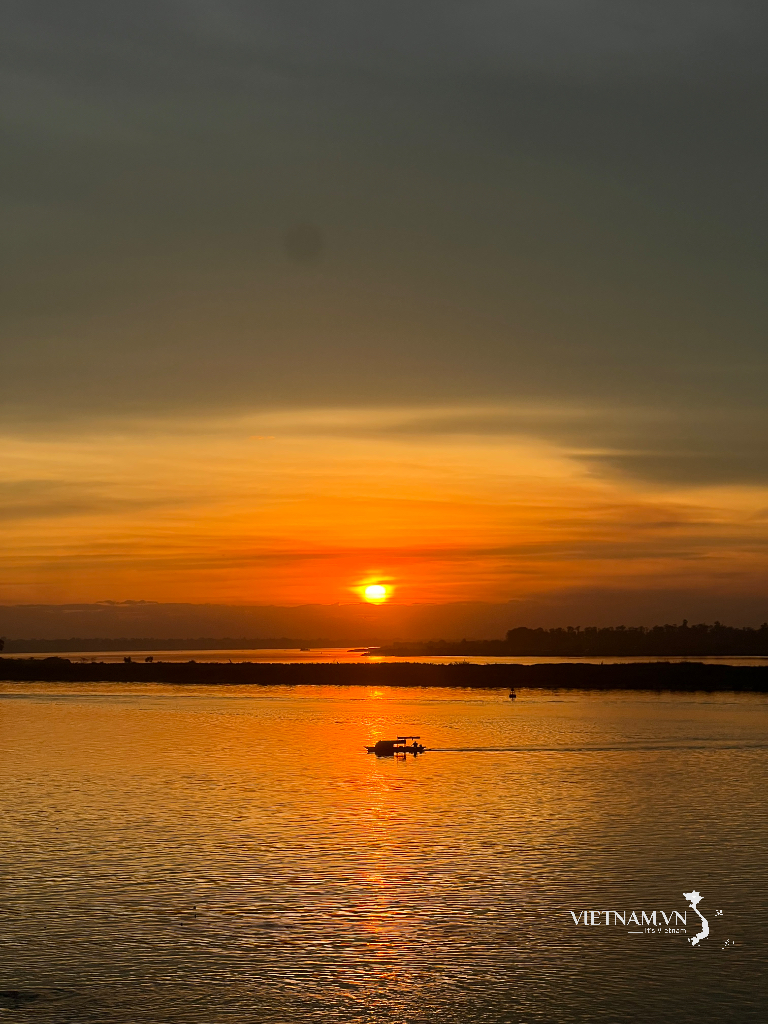

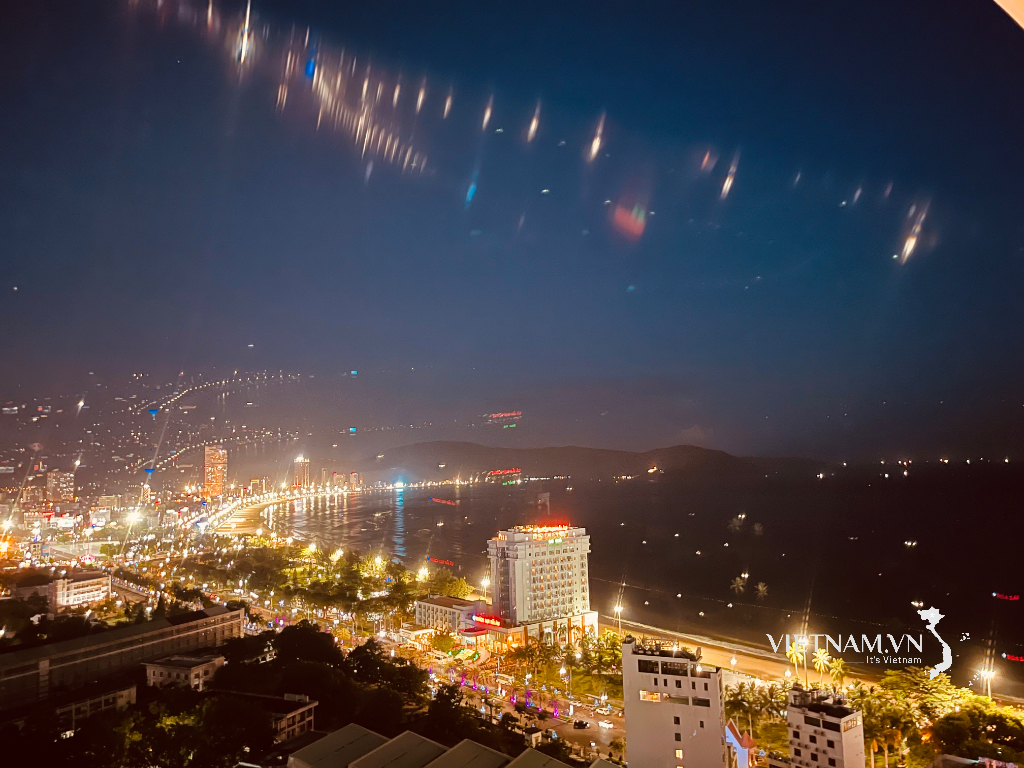

Comment (0)